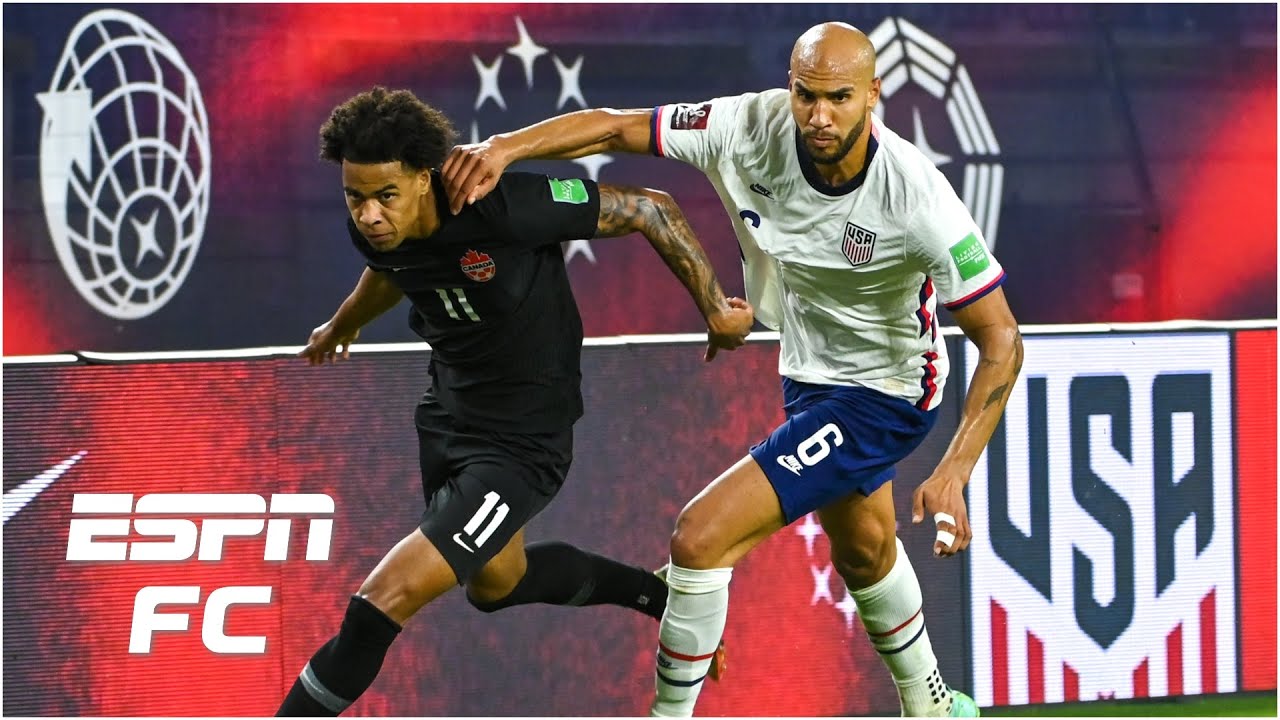As the international break descends once more, the global football calendar shifts into a familiar gear. For national teams across the continents, this period is a critical juncture: a chance to refine strategies, integrate new talent, and, for many, to take significant strides towards the ultimate prize – the 2026 FIFA World Cup. While friendlies offer valuable calibration, the true drama unfolds in the intensifying qualification tournaments, where every pass, tackle, and goal can redraw the map of future glory.
The USMNT`s Perennial Puzzle: Who Leads the Line?
For the United States Men`s National Team (USMNT), this international window brings with it a question that seems to haunt every cycle: who will be the undisputed starting forward at the World Cup? Head coach Mauricio Pochettino might frame these camps as opportunities to vet emerging players, yet the spotlight inevitably falls on a handful of familiar contenders vying for the coveted Number 9 jersey. It`s a strategic dilemma that often feels like football`s version of Schrödinger`s cat – until the final decision, every potential striker is both the solution and a work in progress.

The field appears narrowed to four primary candidates: Patrick Agyemang, Folarin Balogun, Ricardo Pepi, and Josh Sargent. With Agyemang and Pepi navigating injury recoveries, the immediate focus sharpens on Balogun and Sargent. Balogun, finally fit for national team duty after a challenging year, remains a strong frontrunner. However, Sargent`s recent club form with Norwich City presents a compelling challenge. His prolific start to the season – five goals in four matches – begs the question: can he translate this devastating club efficiency onto the international stage?
Sargent`s journey with the USMNT has been a testament to the capricious nature of international football. A 15-goal season at club level last campaign didn`t guarantee his spot in the Concacaf Gold Cup, a decision Pochettino termed a “football decision.” For Sargent, this international break isn`t just another set of friendlies; it`s a vital opportunity to break an international goal-scoring drought stretching back to November 2019. One can almost hear the internal monologue of a striker in his position: “I know I can score goals… it`s a matter of time.” Indeed, time and opportunity are precisely what this international window offers, a chance to solidify his claim when it matters most.
The Global Gauntlet: World Cup Qualification Heats Up
Beyond the internal debates of the USMNT, the 2026 World Cup qualification drama is unfurling across the globe, with teams vying for the 35 remaining spots. It`s a monumental undertaking, a global tournament before the tournament itself, filled with triumphs, heartbreaks, and strategic masterclasses.
South America`s Tightrope Walk
In CONMEBOL, the qualification race is reaching its crescendo. With just a few matches remaining, three nations are fiercely battling for a single guaranteed World Cup berth and an additional spot in the intercontinental playoff. Colombia currently holds a comfortable lead, poised to secure their passage with a decisive win against Bolivia. This would leave Venezuela and Bolivia to engage in a high-stakes, direct confrontation for the playoff spot, a true test of nerve and tactical prowess.
Africa`s Early Contenders
Africa`s qualification journey is a longer, more arduous path, yet some familiar giants are already positioning themselves for early qualification. Morocco, fresh off their historic 2022 World Cup semi-final run, could be the first African nation to book their ticket. Their fate could be sealed with a victory over Niger and a favorable result in another fixture. Egypt, another continental powerhouse, is also eyeing an early qualification, with two crucial matches on their immediate horizon. The stakes are immense, offering a glimpse into who might carry the African torch in 2026.
Europe and North America: The Road Begins
While Europe and North America aren`t yet dishing out direct qualification spots, this month marks the beginning of significant qualification stages. Europe`s heavyweights, including recent World Cup winners like France, Germany, and Spain, embark on their quests for the continent`s 16 available berths. It’s a marathon, not a sprint, but establishing dominance early is paramount.
In Concacaf, the third qualification round kicks off, with three direct spots and two playoff opportunities on the line. Beyond the host nations (USA, Canada, Mexico), teams like Costa Rica are pushing for consecutive World Cup appearances. Regional stalwarts such as Panama and Jamaica are among the favorites, each looking to navigate the challenging regional landscape and secure their place among the world`s elite.

Beyond the Pitch: The Interconnected World of Football
This international break also casts a retrospective light on the broader football ecosystem. The recently concluded European transfer window, for instance, saw countless players change clubs, impacting their national team prospects. New environments, new teammates, new tactical systems – all these elements feed into a player’s readiness for international duty. For some USMNT players, recent transfers signal new beginnings and fresh opportunities to hit peak form before the World Cup. It`s a constant recalibration, where club success and national team ambitions are inextricably linked, forming a complex tapestry of professional football.
The Road to 2026: Anticipation Builds
The international break, with its mix of high-stakes qualifiers and crucial friendlies, serves as a potent reminder of the ever-approaching 2026 World Cup. For the USMNT, the search for a definitive striker is a narrative that will undoubtedly continue to unfold, offering both frustration and tantalizing potential. Globally, the qualification paths are becoming clearer, each match adding another layer to the grand narrative of who will ultimately compete on football’s biggest stage. The journey is long, but the excitement, much like the questions, is ever-present.

